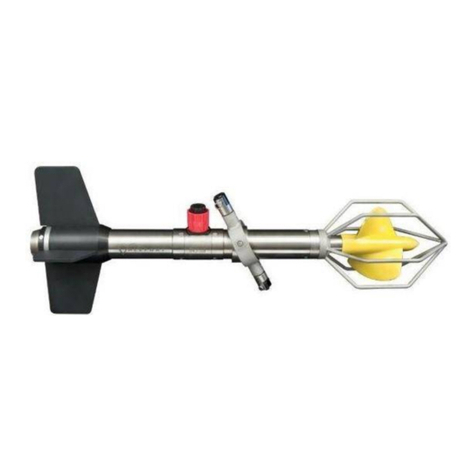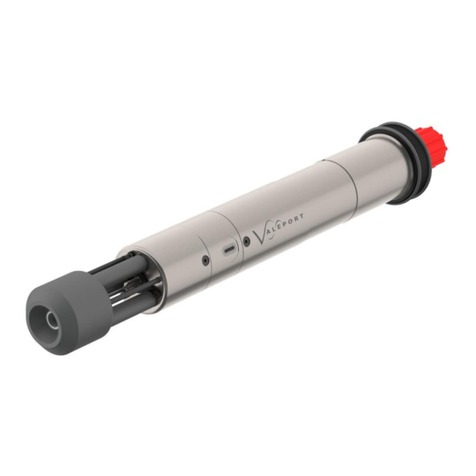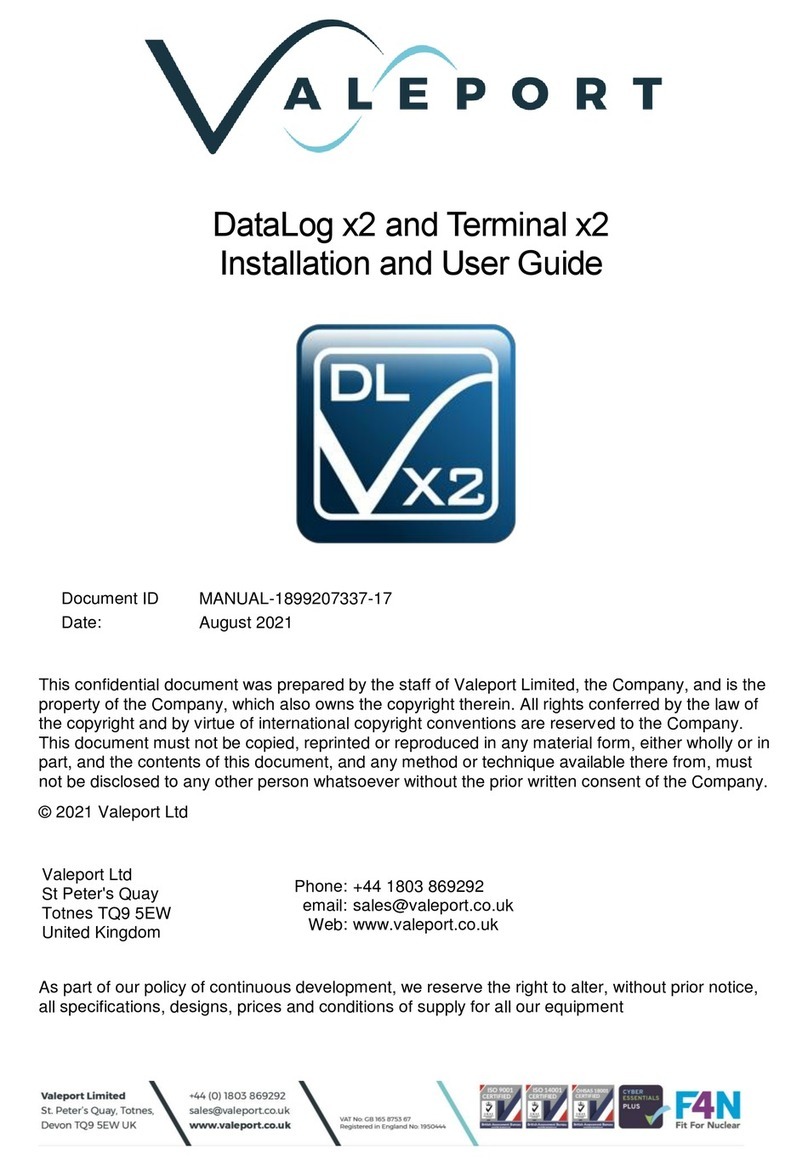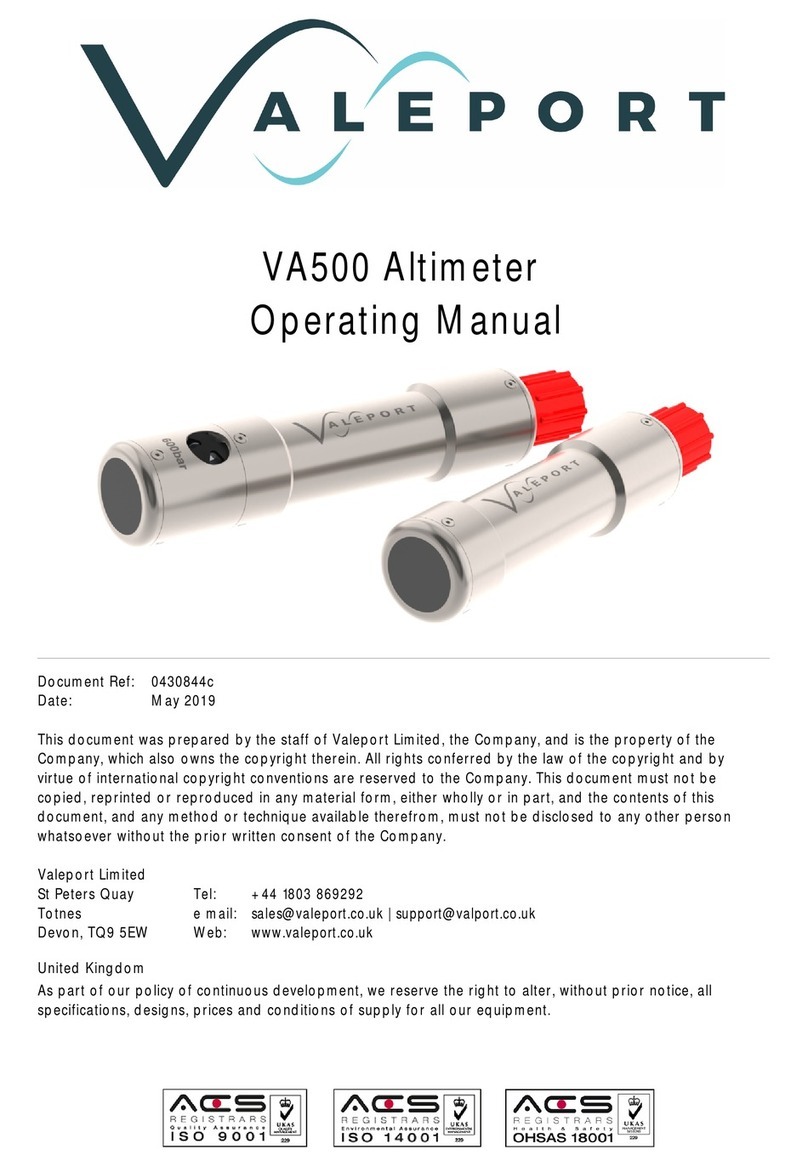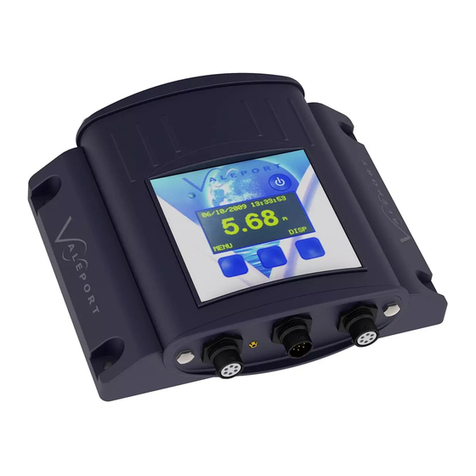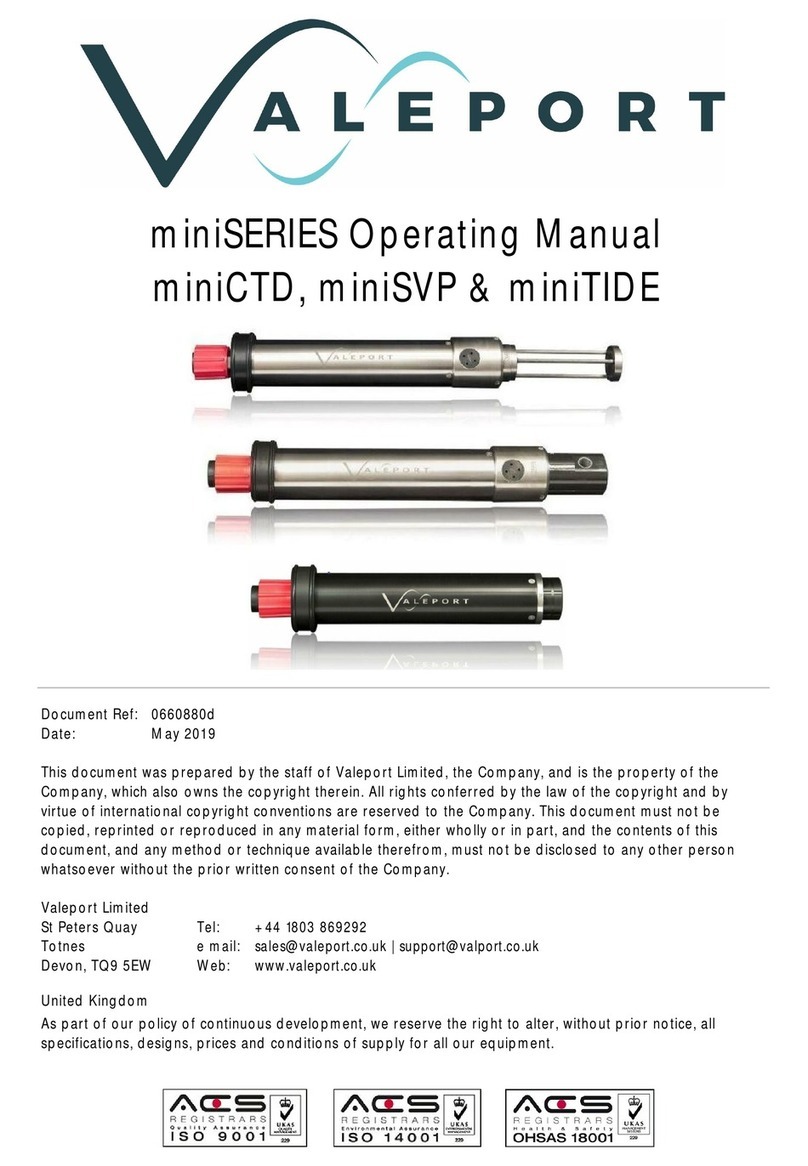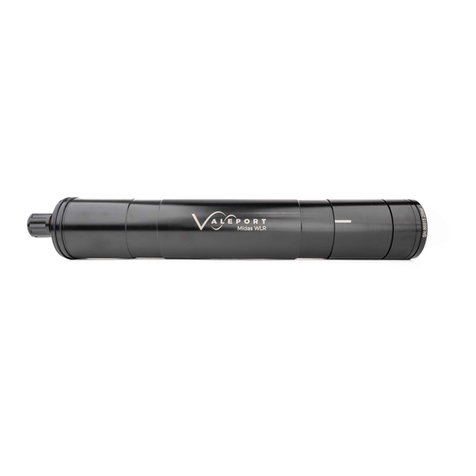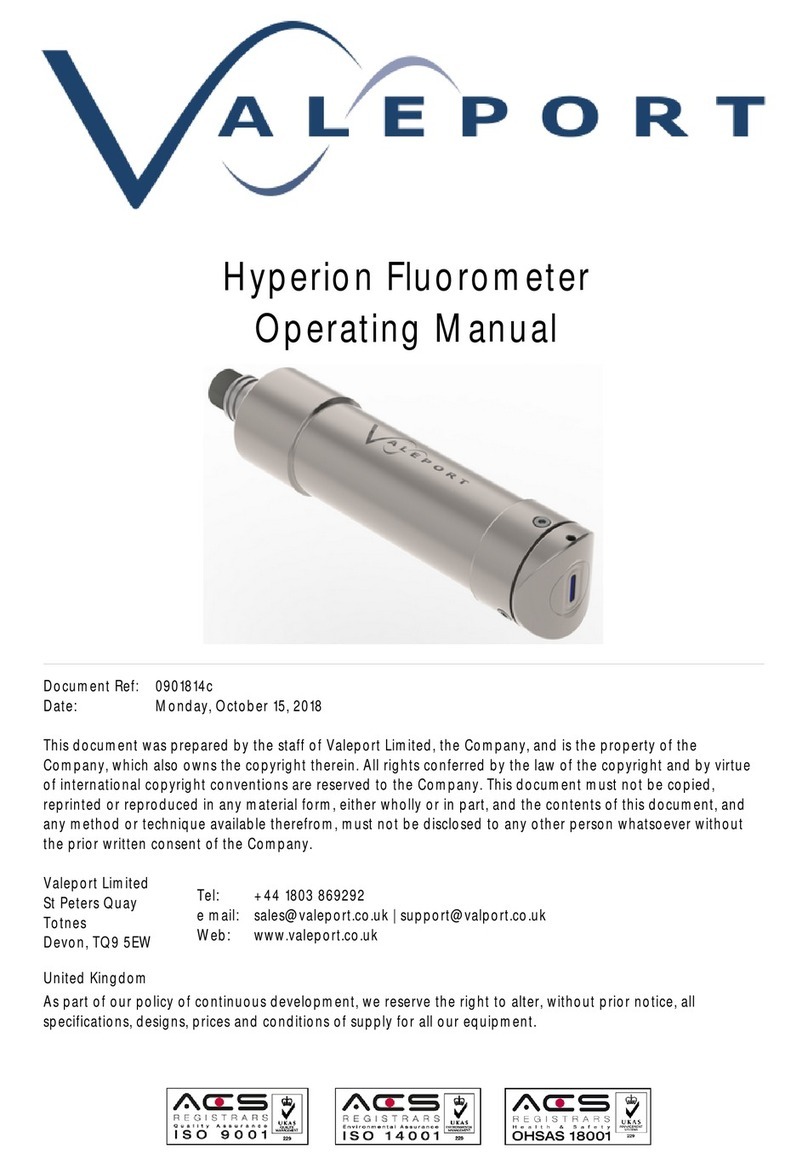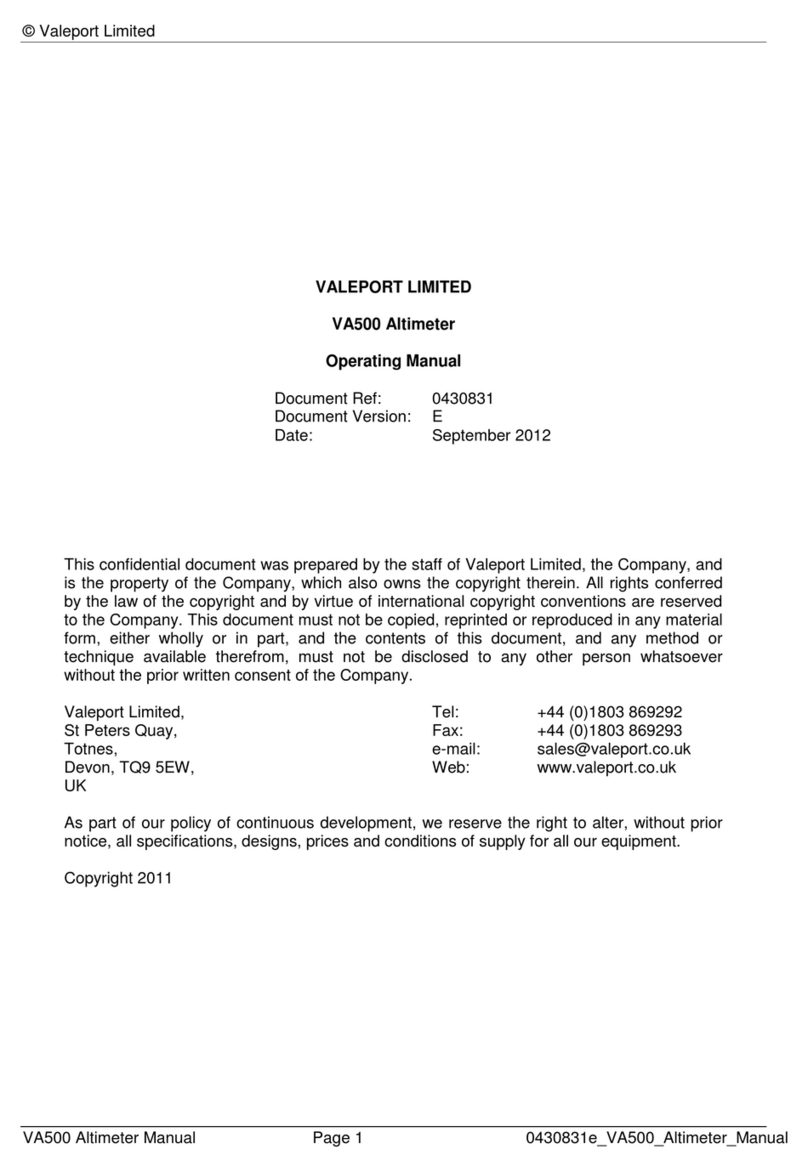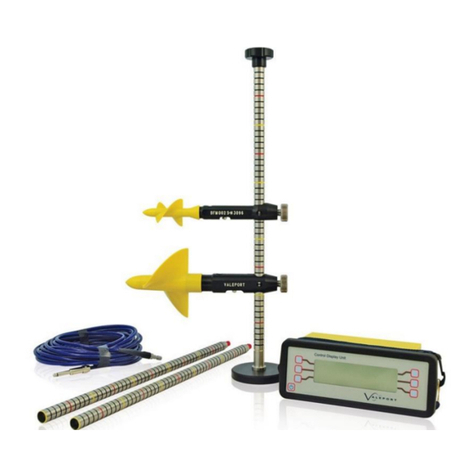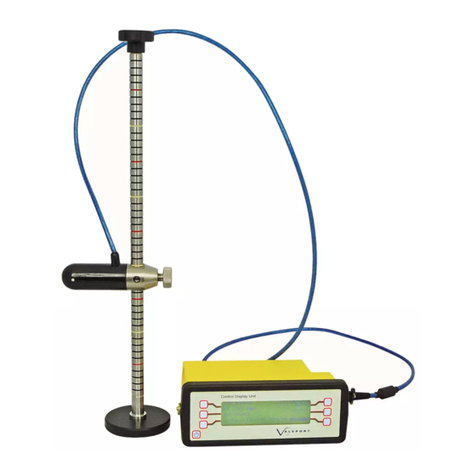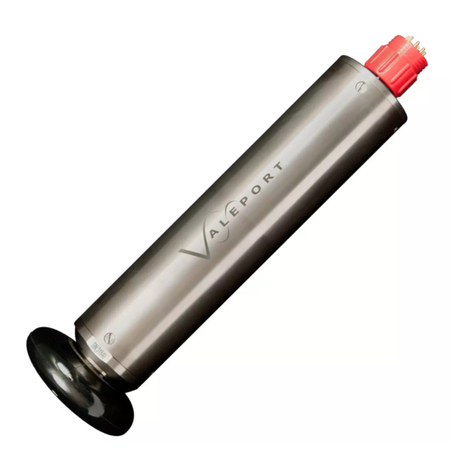Table of Content
1. Introduction..................................................................................................................1
2. Specifications...............................................................................................................2
2.1. Sensor Specifications..........................................................................................................2
2.2. Mechanical Specifications...................................................................................................3
Materials ............................................................................................................................3
Connectors.........................................................................................................................3
2.3. Performance Specifications.................................................................................................3
3. Installation....................................................................................................................4
3.1. Communications With PC ...................................................................................................4
3.2. Deploying the MIDAS ECM.................................................................................................5
Real Time Operation..........................................................................................................6
Self-Recording Operation...................................................................................................6
LED Flashing Sequence ....................................................................................................6
3.3. Altimeter Configuration........................................................................................................6
4. Recovery......................................................................................................................7
5. Sample Battery Lifetime Calculations...........................................................................8
5.1. Calculations - Based on Memory........................................................................................8
Continuous Data Sampling - 8Hz.......................................................................................8
Burst Sampling - 4Hz.........................................................................................................8
Profiling..............................................................................................................................8
A Note About Removable Memory.....................................................................................9
5.2. Calculations - Based on Batteries.....................................................................................10
Continuous data sampling - 8Hz......................................................................................10
Burst sampling - 4Hz........................................................................................................10
A Note About Rechargeable Cells....................................................................................11
6. Maintenance ..............................................................................................................12
6.1. Changing Batteries............................................................................................................12
6.2. Seals..................................................................................................................................14
O-Rings............................................................................................................................14
7. Wiring Information......................................................................................................15
7.1. Switch Plug........................................................................................................................15
7.2. 3m Y Lead (RS232)...........................................................................................................15
7.3. 3m Switched Y Lead (RS485 & RS422)...........................................................................16
7.4. Altimeter Interface (optional).............................................................................................16
8. Ordering and Part Numbers .......................................................................................17
Appendix 1: FAQ’s ...........................................................................................................19
